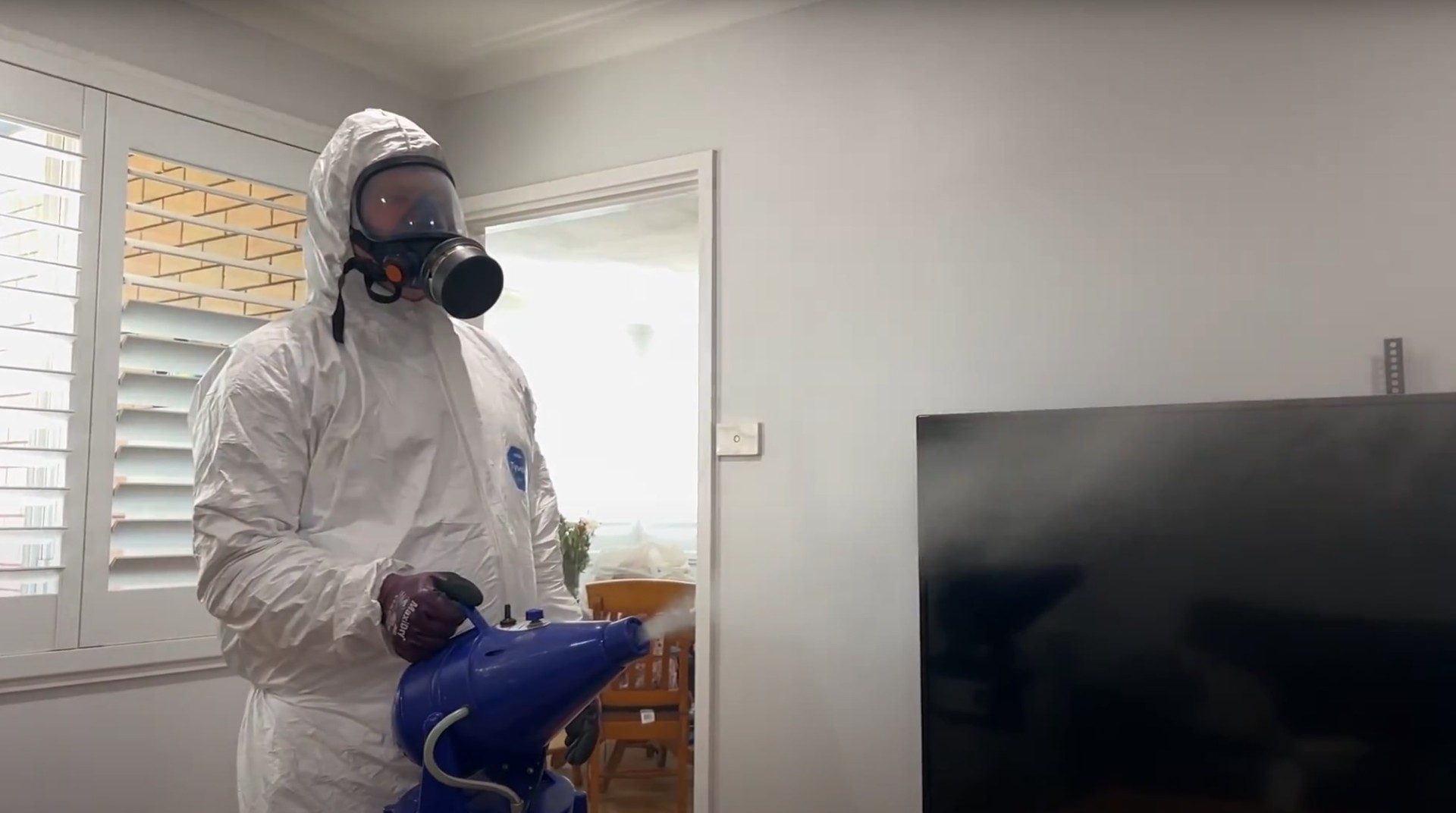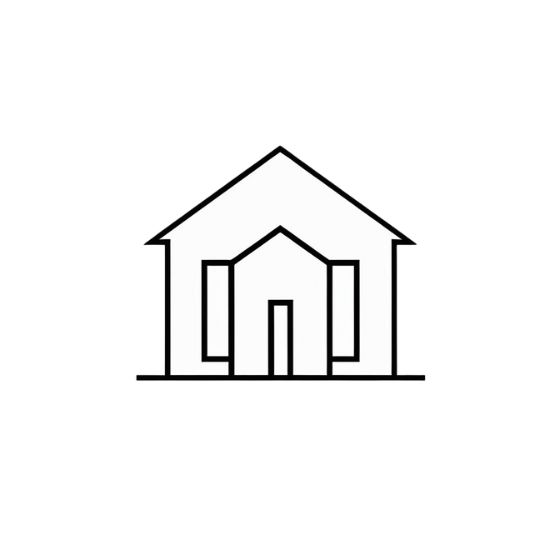Professional Mold Remediation Services
Safe, effective mold removal and prevention to protect your health and property in Huntersville, NC.

Understanding Mold Growth After Water Damage
Mold can begin growing within 24-48 hours after water damage occurs, making rapid response critical for successful remediation. In North Carolina's humid climate, mold growth accelerates even faster, often becoming visible within 72 hours. Professional mold remediation can prevent health risks and extensive property damage when performed correctly and promptly.
The key to effective mold remediation is understanding that visible mold represents only a fraction of the problem. Mold spores are microscopic and can spread throughout your property via air currents, contaminating areas far from the original water damage. Our comprehensive approach addresses both visible mold colonies and airborne spore contamination. Learn about our complete water damage restoration services and how mold remediation integrates with our full restoration process.
Health Risks and Safety Considerations
Mold exposure can cause serious health problems, particularly for children, elderly individuals, and those with compromised immune systems or respiratory conditions. Common symptoms include allergic reactions, respiratory issues, headaches, and fatigue. Some mold species produce mycotoxins that can cause more severe health effects.
Professional mold remediation protects your family's health by using proper containment, removal techniques, and safety equipment. Our certified technicians wear full protective gear and follow strict protocols to prevent cross-contamination during the remediation process. We also provide guidance on temporary relocation when necessary for severe contamination cases.
Professional Assessment and Testing
Effective mold remediation begins with comprehensive assessment and testing. We use moisture meters, thermal imaging cameras, and air sampling equipment to identify all affected areas, including hidden mold growth behind walls and under flooring. This thorough evaluation ensures no contaminated areas are overlooked.
Air quality testing helps us determine the extent of airborne spore contamination and establishes baseline levels for post-remediation verification. We also identify mold species when necessary, which helps determine the appropriate remediation approach and any special precautions required.
Containment and Prevention of Cross-Contamination
Proper containment is crucial to prevent mold spores from spreading to uncontaminated areas during remediation. We establish containment barriers using plastic sheeting and negative air pressure systems that create controlled airflow patterns. This prevents spores from becoming airborne and contaminating clean areas of your property.
Our containment protocols follow industry standards established by the IICRC and EPA. We seal HVAC systems, create decontamination chambers, and use HEPA filtration systems to capture airborne spores. These measures protect both contaminated and clean areas throughout the remediation process.
Safe Mold Removal and Material Handling
Mold-contaminated materials require careful handling and disposal to prevent spore release. Porous materials like drywall, insulation, and carpeting often cannot be effectively cleaned and must be removed and disposed of properly. Non-porous materials can typically be cleaned and restored using appropriate antimicrobial treatments.
We use specialized removal techniques that minimize spore dispersal, including misting materials before removal and double-bagging contaminated debris. All waste is disposed of according to local regulations. Our goal is to remove contaminated materials safely while preserving as much of your property as possible.
Advanced Cleaning and Decontamination
After removing contaminated materials, we thoroughly clean all remaining surfaces using EPA-approved antimicrobial agents. This process includes wire brushing, sanding, or other mechanical cleaning methods to remove mold growth from structural elements. We also treat wall cavities and other enclosed spaces where spores may have settled.
We use HEPA vacuums to remove loose spores and debris from all surfaces, followed by antimicrobial treatment to kill remaining mold growth. Our cleaning process addresses both visible contamination and microscopic spores that could lead to future mold problems if not properly eliminated.
Moisture Control and Prevention Strategies
Successful mold remediation must address the underlying moisture problem that allowed mold to grow initially. We identify and correct moisture sources, improve ventilation, and recommend ongoing moisture control measures to prevent future mold growth. Mold will return if moisture problems are not properly addressed.
Our recommendations may include improving drainage, sealing air leaks, upgrading ventilation systems, or installing dehumidification equipment. We also provide guidance on maintaining appropriate humidity levels and monitoring for signs of moisture problems that could lead to future mold issues.
Post-Remediation Verification and Clearance Testing
Our mold remediation process includes post-remediation verification to ensure successful completion. We conduct visual inspections and air quality testing to verify that mold levels have returned to normal background conditions. This verification provides confidence that remediation was successful and your property is safe for reoccupancy.
Clearance testing by independent third-party professionals may be required for insurance claims or health department compliance. We coordinate with certified industrial hygienists when third-party verification is needed and work with them to ensure all requirements are met before project completion.
Professional Mold Remediation Services
Don't risk your family's health with DIY mold removal. Our certified specialists use proven techniques and safety protocols for complete mold remediation and prevention.
